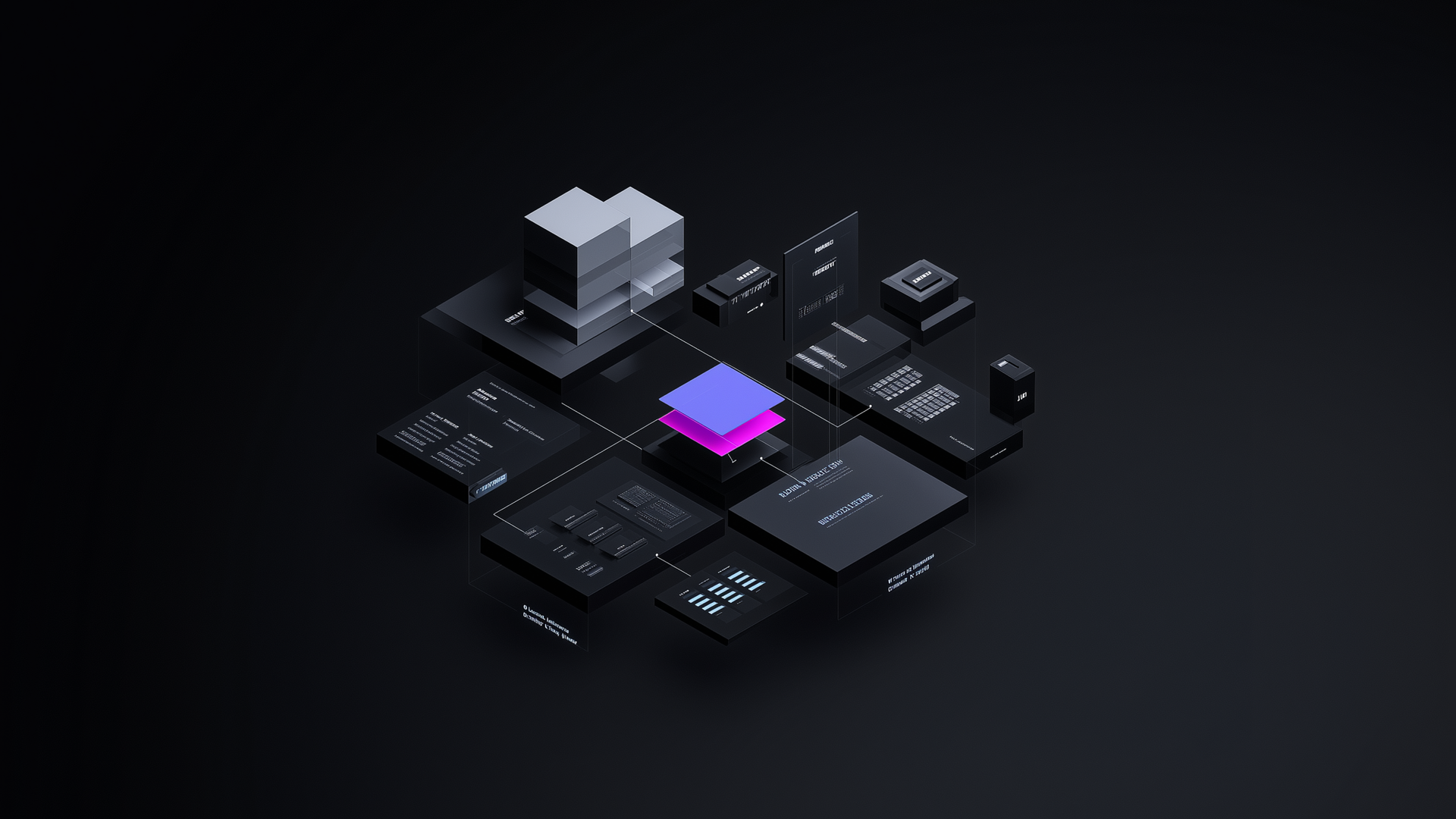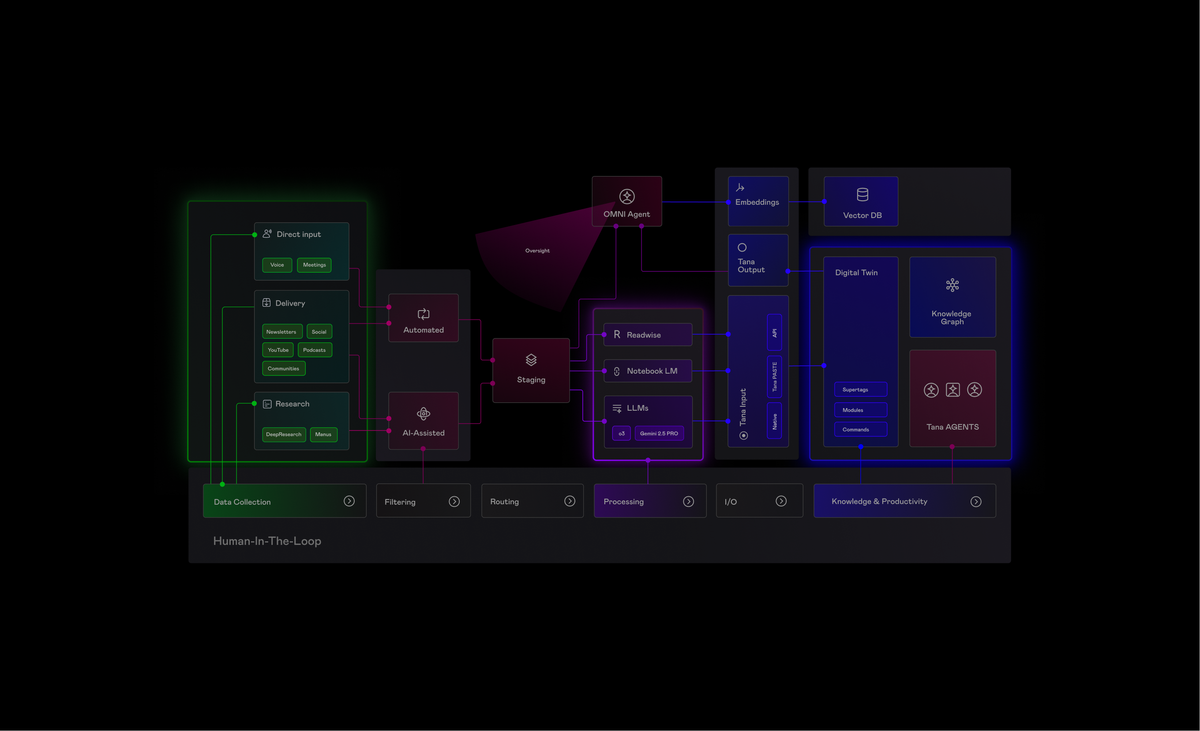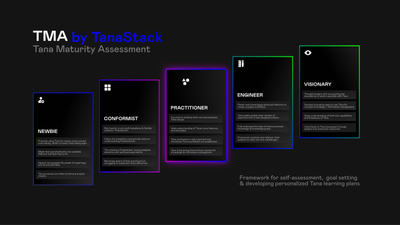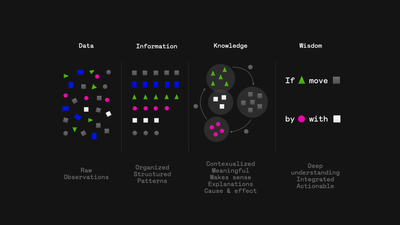SPIKE Framework

All happy families are alike; each unhappy family is unhappy in its own way.
This Leo Tolstoy’s famous observation from Anna Karenina applies just as well to knowledge systems.
Productive, “happy” systems share one common trait: they are based on a clear, well-defined framework.
Conversely, every fragmented, overwhelming, or dysfunctional system falls apart in its own unique fashion.
Because no unifying structure exists to hold it together.
WHAT MAKES FRAMEWORK
A framework is a set of components and the relationships between them.
Four qualities separate a robust framework from useless:
This brings us to SPIKE → universal, adaptable & immediately practical framework.
Let me show you how it works.
SPIKE
SPIKE is designed as domain‑agnostic framework that can serve as a foundation of your knowledge system.
It consists of 5 elements:
SPIKE is deliberately non-linear.
You might discover an Enabler first, then backtrack to find relevant KnowHow, which reveals a Pattern you hadn't noticed.
Or a single Insight might recontextualize dozens of previously collected Signals.
The components don't form a sequence → they form a network.
HOW TO USE SPIKE
EXTRACTION [FILTERING]
The problem many PKM Systems have: content goes in, but value rarely comes out.
That’s because most people start reading or listening without an explicit extraction goal. SPIKE fixes this by turning each component into a prompt template:
- Identify Signals in this report
- Which emerging Patterns these signals indicate?
- Highlight non‑trivial Insights the author draws
- List specific procedural Know‑how provided
- Catalog the Enablers (tools, technologies, frameworks) mentioned
Use these prompts in NotebookLM, Claude Projects or your custom RAG agent to instantly pull out the assets you actually need—instead of vague summaries that go nowhere.
ORGANIZATION [SCAFFOLDING]
Once extracted, information needs a home: a set of containers.
In Tana, each SPIKE component becomes a supertag with relevant fields.

Once all five components are operational, you can build an entire knowledge system on top of this foundation.
Start adding entities that matter for you: Quote, Concept, Expert, Source, ...
Think which types of patterns you need to track: Trends? Cycles? Clusters?
What are the Enablers for you: Technologies? Systems? Frameworks?
Define the relationships between those, for example:
- Company
developsEnabler - Signal
reported inSource - KnowHow
contributed byExpert - Technology
is anEnabler
This way you build your custom ontology:

Now you're not just storing information; you're transforming your note vault into an traversable knowledge graph: living, navigable map of your industry.
It allows you to monitor industry changes, spot opportunities, and surface non‑obvious strategic moves.
CASE STUDY
I'm using SPIKE as a foundation for HYPER-AI:
System that helps me to monitor the warp-speed‑moving AI & Agents industry.
I’ve packaged the CORE components of HYPER-AI into a free Tana template → install it, explore the sample data & adapt it to your own domain.
If you want to learn how to build your own SPIKE-based system → Check out my course:




